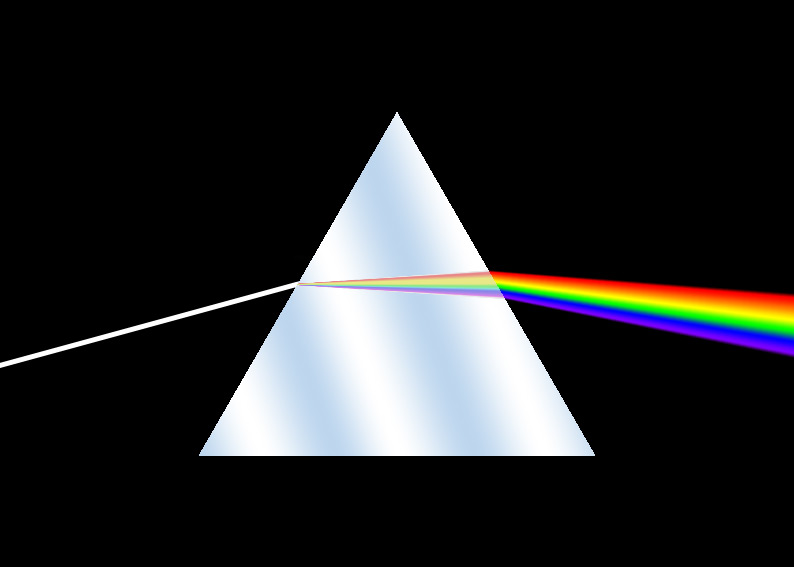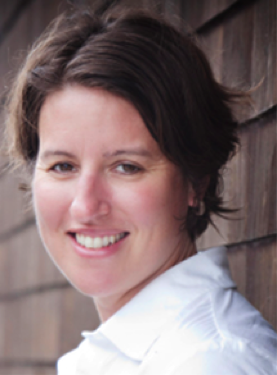By Megan Watzke & Kim Arcand
The International Year of Light 2015 was an extraordinary opportunity to talk about how important light is in our everyday lives. From its technological and manufacturing impacts to applications in healthcare, from its use in astronomy to molecular biology, and from poor lighting to light pollution, light is much more than just the switch of a bulb.
 The Electromagnetic Spectrum: the wavelength of radiation produced by an object is usually related to its temperature. (Illustration: NASA/CXC/M.Weiss)
The Electromagnetic Spectrum: the wavelength of radiation produced by an object is usually related to its temperature. (Illustration: NASA/CXC/M.Weiss)
The light that humans can detect with our eyes (known as “visible light”) is a tiny fraction of all light that exists. Light comes in many forms and spans from radio waves, microwaves, infrared, visible light, ultraviolet, X-rays, and finally to gamma rays. Here is a sample of some important and surprising innovations in the long history of light.
1665: Isaac Newton discovered that a prism could disperse sunlight into the colors of the rainbow: red, orange, yellow, green, blue, indigo, and violet. By demonstrating this, Newton radically changed the popular thinking of light at that time.
 Illustration of a dispersion prism. (Credit: CC SA 1.0)
Illustration of a dispersion prism. (Credit: CC SA 1.0)
1800: William Herschel, an accomplished musician and astronomer, performed a series of experiments that showed that there was light beyond the red color of the rainbow. He attached the prefix “infra” to “red” for his newly discovered light, which means “below.”
1879: Thomas Edison first patented the incandescent light bulb that helped usher in the era of electricity. Edison continued to invent and design improvements to lighting in the years to come, from making longer-lasting bulbs to developing the first commercial power utility.
1895: The German physicist Wilhelm Rontgen discovered X-rays while conducting experiments with a glass tube filled with light and electric current. He dubbed it “X-radiation” to symbolize its mysterious nature at the time.
1912: By determining the important relationship between how much light a certain type of star gives off over time, Harvard’s Henrietta Swan Leavitt tackled a major problem for astronomy: determining distance. Her work paved the way for many of astronomy’s discoveries in the 20th century.
1945: An engineer at the Raytheon Corporation, Percy Spencer, noticed that a chocolate bar in his pocket melted while he stood next to a radar machine that generated microwave light. This became the origin of the microwave oven that became widely popular a few decades later.
1952: Rosalind Franklin uses a technique involving X-rays to help decode the double helix structure of DNA. This pioneering work has led to many scientific and medical advances including genetic sequencing, stem cell research and much more.
1960: Anna J. Harrison continues her work on ultraviolet light and the process of photolysis, which is when chemical compounds are broken down by packets of light called photons.
1963: The United States launched a series of satellites to monitor nuclear activity from the USSR. Instead of seeing any activity from the Earth, these satellites picked up gamma rays coming from all corners of the Universe that scientists know today are distant cosmic events.
1999: Lene Hau led a team at Harvard University that slowed light, which usually travels at millions of miles per hour, to the speed of a bicycle rider using an unusual state of matter called the Bose-Einstein Condensate. She later stopped light completely and restarted it.
 Kimberly K. Arcand is the Visualization Lead for NASA’s Chandra X-ray Observatory, which has its headquarters at the Smithsonian Astrophysical Observatory in Cambridge, Massachusetts. She studies the perception and comprehension of data visualization across the novice–expert spectrum and is active in the creation, distribution and evaluation of large-scale science and technology communications projects.
Kimberly K. Arcand is the Visualization Lead for NASA’s Chandra X-ray Observatory, which has its headquarters at the Smithsonian Astrophysical Observatory in Cambridge, Massachusetts. She studies the perception and comprehension of data visualization across the novice–expert spectrum and is active in the creation, distribution and evaluation of large-scale science and technology communications projects.
 Megan Watzke is the public affairs officer for the Chandra X-ray Observatory, a position she has held since 2000. Her responsibilities include the dissemination of Chandra’s science results to the public through press releases, press conferences, informal education and other activities.
Megan Watzke is the public affairs officer for the Chandra X-ray Observatory, a position she has held since 2000. Her responsibilities include the dissemination of Chandra’s science results to the public through press releases, press conferences, informal education and other activities.







